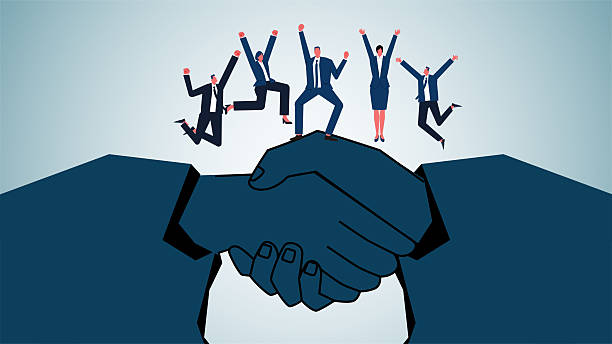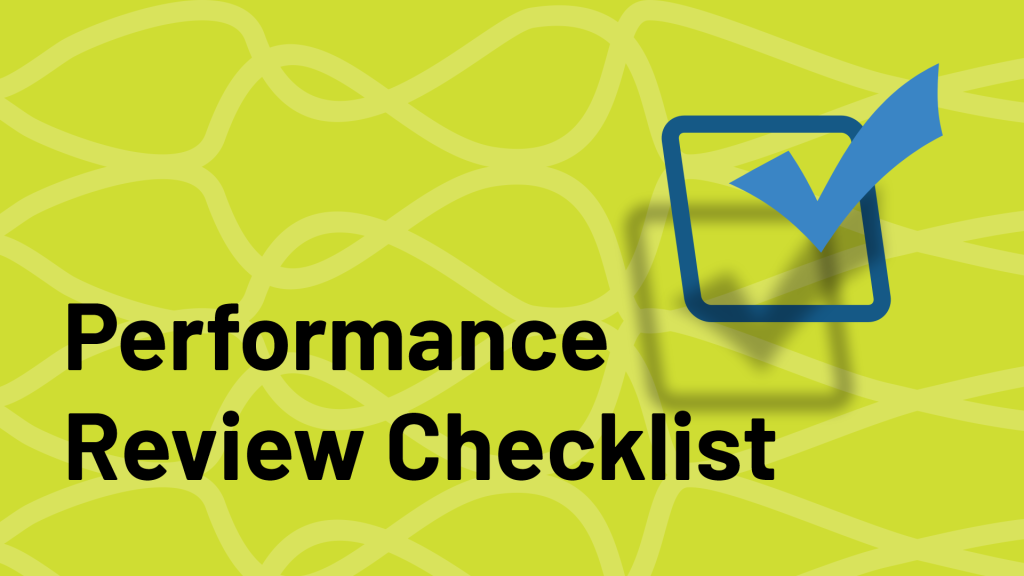You’d be surprised how many toxic behaviors hide behind polished company values and branded mission statements. A team might look productive on paper, hit their KPIs, and show up to Zoom calls smiling, but in reality, not everything is as it seems. In some cases, energy is tense, trust is low, conversations feel like eggshells, and slowly, almost imperceptibly, culture is rotting. This is what workplace harassment often looks like.
It isn’t always loud or explosive. It rarely announces itself. But it’s there, disguised as “jokes,” masked as “tough feedback,” or buried under hierarchies and silence. And when it goes unchecked, it does more than hurt individuals. It corrodes entire organizations from within.
If you’re reading this, this is your call to pay closer attention. Because while harassment might feel like a legal or compliance issue on the surface, it’s something much bigger: a human issue, a leadership issue, and a cultural health issue. And it’s one you can’t afford to ignore.
The Cost of Workplace Harassment
We often talk about workplace harassment as a “risk,” but the impact is more personal than that. It’s mental, physical, emotional, and yes, financial too.
Studies estimate that workplace harassment costs companies up to billions in both lost productivity and other costs. These figures alone should raise eyebrows not just in HR but in leadership meetings across every department. That’s not just a human toll; it’s a business leak.
But it doesn’t stop there. Over 60% of employees who experience harassment report mental health issues, including chronic stress, anxiety, and depression. And what’s often overlooked is that the emotional weight doesn’t just fall on the person directly involved; it spreads. Witnesses and colleagues who see or sense the toxicity often disengage, distrust leadership, and start mentally exiting the organization long before their formal resignation.
Harassment doesn’t just affect the individual, but it also poisons the workplace ecosystem.
The Subtle Ways Workplace Harassment Shows Up and Gets Missed
Many organizations still operate under the assumption that unless someone is yelling, threatening, or making overtly inappropriate remarks, it’s not that “serious.” But harassment isn’t always loud.
It can look like:
- Consistent exclusion from meetings or opportunities
- Passive-aggressive comments or “jokes” that target someone’s identity or role
- Undermining, gaslighting, or public belittling masked as “constructive feedback”
- Power plays that make people afraid to speak up or set boundaries
The danger of it all is that these behaviors often go unnoticed or, worse, unchallenged, because they’re normalised. And when leaders stay silent, even unintentionally, they send a clear message that such behavior is acceptable.
Policies Are Not Enough. Culture Is Everything.
Most companies have policies around workplace harassment. But how many of them are enforced? How many are understood? And how many employees trust that those policies will protect them?
Having a policy is a great start, however building a culture that supports it is the real work.
That starts with asking honest questions:
- Do your employees know how to report harassment, and do they feel safe doing so?
- Is there accountability at every level, or are some people protected because they “bring in results”?
- Are leaders trained to recognize subtle forms of harassment, or are they only reacting once it’s escalated?
Leadership isn’t just about performance. It’s about protecting the integrity of the space you’ve built, as well as the people within it.
How to Start Shifting the Culture
You don’t have to overhaul everything overnight. But small, intentional changes create ripple effects that protect people and improve performance.
Here are a few places to start:
- Train managers and team leads regularly, with a focus on real-world examples and not just legal definitions.
- Implement anonymous, accessible reporting channels, and ensure employees understand how to use them.
- Audit your current culture, not just your policies. Gather feedback, track patterns, and act on what you find.
- Recognize that prevention is ongoing and that building rust takes time, however, one ignored complaint can break it instantly.
The goal isn’t perfection. It’s awareness, responsiveness, and consistent action.
Final Thoughts…
Workplace harassment doesn’t resolve itself. It thrives in silence, and when it grows it damages morale and drives away the very people you want to keep.
And the truth of the matter is, if someone on your team was being harassed, would they trust you to protect them?
If the answer isn’t an immediate yes, then it’s time to make some changes, and you don’t have to do it alone.
At Proten International, our advisory services are designed to help businesses create safer, healthier workplaces. From policy development to culture assessments and leadership training, we help you go beyond compliance and build something stronger.
Because when your people feel safe, they show up differently. They give more, and they stay.
Ready to take the first step?
Book a free consultation with our HR experts, and let’s talk through where your culture stands and where it could go.











